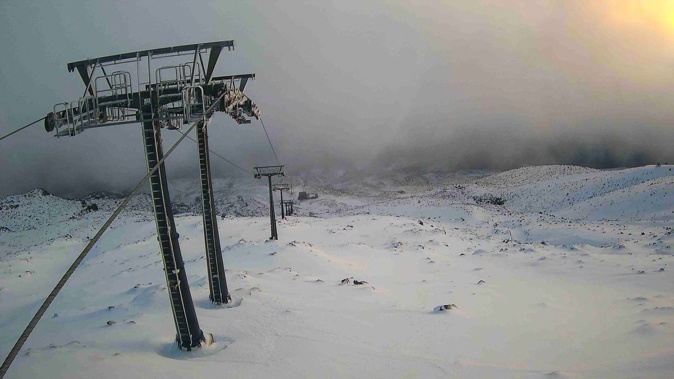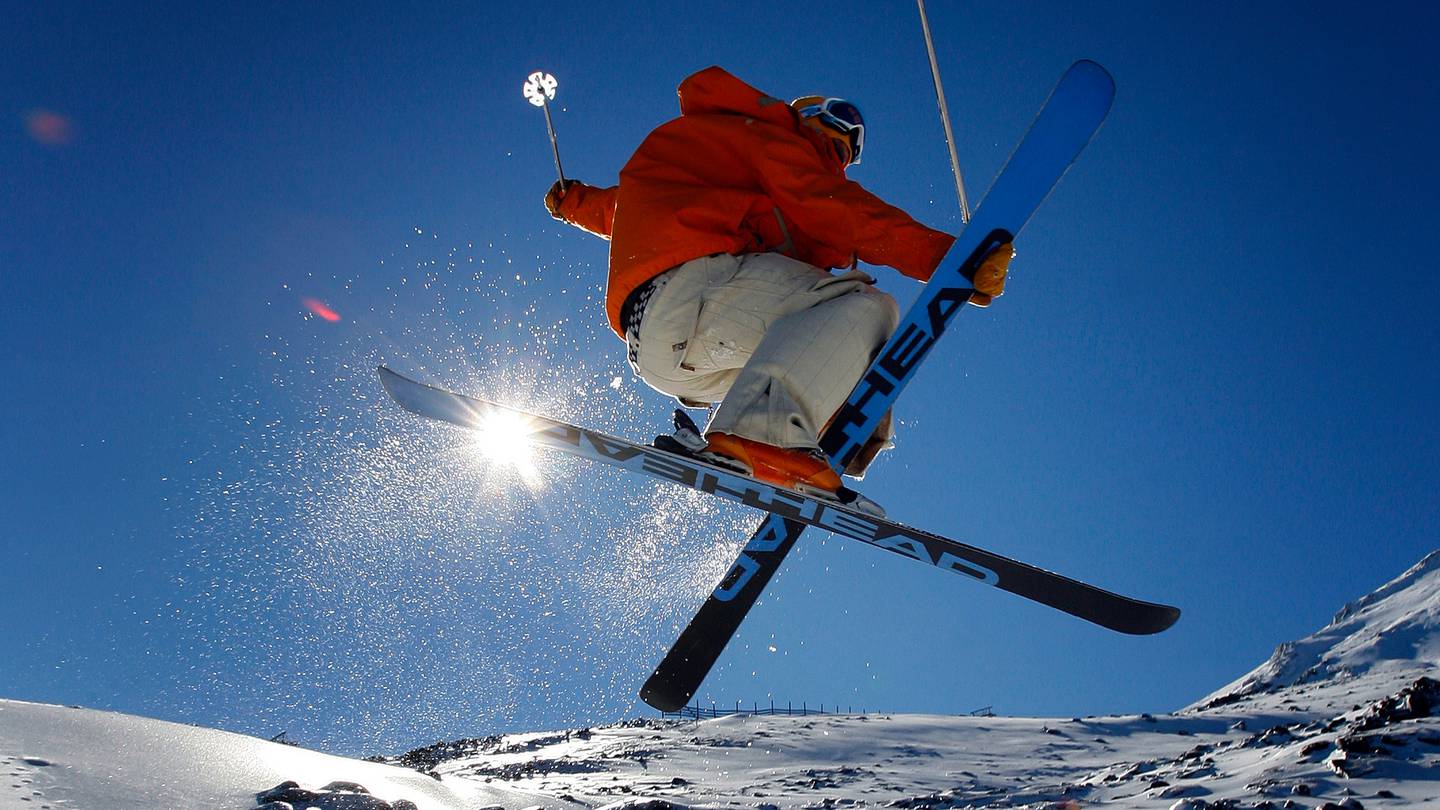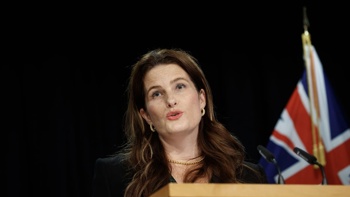
When the Office of the Auditor General focused its attention on the $640 million pot of Provincial Growth Fund (PGF) money that was turned to Covid-19 response purposes in 2020 it found a dog’s breakfast.
The so-called “reset” was designed to be implemented quickly, during a pandemic, and when Kānoa (then called the Provincial Development Unit), the division of the Ministry of Business Innovation and Employment (MBIE) responsible for the fund, was short-staffed.
But despite making allowance for these circumstances, a review released in June by the Office of the Auditor General (OAG), still found a woefully inadequate process for handing out public money.
The OAG couldn’t be confident that project applications were adequately assessed against objectives, it found risk identification and management was lacking, and demonstration of important processes and record keeping was incomplete.
The review is useful in identifying broad deficiencies, but it did not identify specific cases. However, we do now have one egregious example of the sorts of problems the OAG found: the spectacular wipe-out of 70-year-old ski lift operator Ruapehu Alpine Lifts (RAL), which runs the Whakapapa and Tūroa ski fields in the Tongariro National Park.
On August 19, 2020, Shane Jones, then Minister for Regional Economic Development, and Grant Robertson, then Minister of Finance, agreed, in principle, to provide $5m of reset PGF money to RAL. The given purpose was to do necessary maintenance on ski lifts.
The OAG noted, “we cannot be confident that [PGF reset] project applications were adequately assessed against objectives”, which ranged from immediate job creation and income growth to increased social inclusion.
But the RAL case takes that deficiency a step further: the company appears to have made no proper application for the funds.
ZB Plus asked MBIE to supply the application documents under the provisions of the Official Information Act (OIA). Kānoa head Robert Pigou this month responded that “there was no formal application form for this”.
ZB Plus put follow-up questions to MBIE, including: how did RAL request the funds, if not in a formal application; how did officials assess whether the investment was prudent; and how was the total $5m hit upon?
These questions were put as an ordinary request, but the department said it would respond only through the OIA process. A reply is due by December 12.
The $5m has some overlap with a failed August 2019 application RAL made to the PGF for a $15.9m loan, which was declined in July 2020.
About $13.5m of this was to buy a $26.5m gondola on the Tūroa ski field, the remaining $2.4m was to pay for lift upgrades. The balance of the $30.9m project cost was to be provided, in large measure, through vendor finance supplied by gondola firm Leitner.
It’s not clear what exactly precipitated MBIE’s refusal to fund the project, but additional long-term borrowing by RAL was clearly untenable.
By 2020, RAL – a not-for-profit operator whose main purpose was to provide for amateur alpine sport on the slopes of Mt Ruapehu – was forced to suspend interest payments on much of its existent long-term debt.
It’s worth noting that the company had already tapped the PGF for a new gondola on the Whakapapa ski field in 2018 and increased long-term debt from roughly $4m in 2017 to about $30m in 2020 ($10m was PGF funding). Arguably, this debt sealed the company’s demise.

By the time officials briefed ministers on August 17, 2020, on the plan to give RAL $5m, they warned the ski fields were expected to close if the funding was declined.
The briefing recommended that debt be avoided, and that the Crown money be supplied through a “convertible note” or some other form of quasi-equity.
The structure of a convertible note – to be provided initially to RAL, then transferred to the NewCo upon establishment – was confirmed by ministers in September.
Briefing documents appear to make only a very limited review of the risks to the Crown’s investment - the details of the convertible note itself, contained in an annex to the very brief September advice to ministers, were not released.
Officials said there was only a “very low” likelihood that RAL’s shareholders, primarily holders of life passes for the ski fields, would oppose the creation of a NewCo, likely to hollow or destroy their public benefit entity and eliminate its associated non-taxpayer status.
And they optimistically estimated that a NewCo could be established within a couple of months, by October 30, 2020, and “be capitalised, [have] acquired RAL’s assets and be operational” by March 1, 2021.
It didn’t pan out that way. Many shareholders were angry with a deal they said was obscured from them by RAL company directors, and they delayed and opposed a resolution to create a NewCo until May 2022.
Other risks went unmentioned entirely: would the Department of Conservation transfer RAL’s operating licence, contingent on consultation with local iwi, to a NewCo, and how long would this take? Where was the money for recapitalisation to come from? And would further Crown money be required?
Anyone who’s followed the sorry saga of the ski fields knows that RAL is in liquidation and receivership and has been kept afloat over the past 12 months by a further $20m of Crown money.
Furthermore, terms being prepared to sweeten at least one purchase agreement for RAL assets - the Tūroa operation - appear to provide for tens of millions of dollars more in Crown cost, both through lending and erased liability for “making good” the structures already on the ski field, including the contingent liability for removing these structures in the event of closure.
“...we are not yet certain that Parliament or the public can have confidence that the investments made through the PGF reset will ultimately represent good value for money” the OAG concluded in June. The public now has a single, exemplary, case study.
Take your Radio, Podcasts and Music with you









